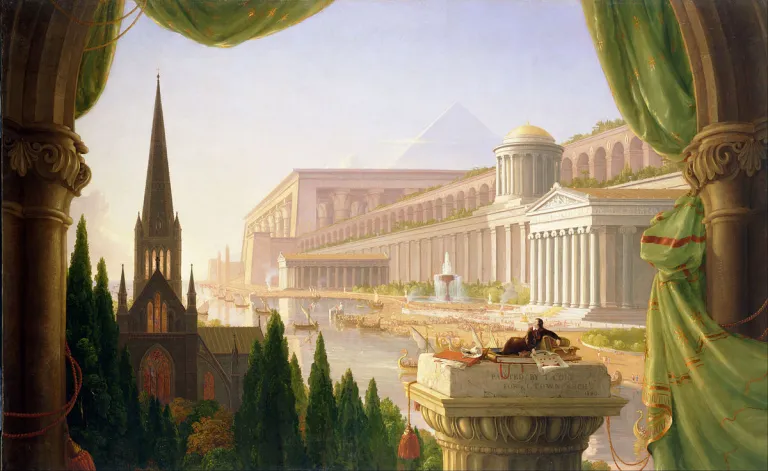
Embracing Diversity: Exploring Cultural and Regional Architectural Differences
Architecture is not merely the construction of buildings; it is a reflection of a society’s values, history, climate, and culture. Throughout history, civilizations around the world have developed unique architectural styles that are deeply rooted in their cultural and regional identities. In this blog, we will delve into the fascinating world of cultural and regional architectural differences, exploring how diverse societies have left their mark on the built environment.
The Influence of Culture on Architecture
- Traditional Japanese Architecture: Japan’s architecture is a prime example of how culture shapes design. Traditional Japanese buildings are characterized by simplicity, natural materials like wood and paper, and a strong connection to nature. Concepts like “wabi-sabi” emphasize the beauty of imperfection, and tatami mats create flexible living spaces that adapt to various functions.
- Moorish Architecture in Spain: The Moors’ presence in Spain for nearly 800 years left a significant architectural legacy. Their intricate geometric patterns, arches, and courtyards are evident in famous landmarks like the Alhambra Palace. Moorish architecture reflects a blend of Islamic, Spanish, and North African influences, showcasing the rich cultural tapestry of the region.
- Bauhaus in Germany: The Bauhaus movement, founded in Germany in the early 20th century, revolutionized modern architecture. Bauhaus principles emphasize functionality, minimalism, and the idea that “form follows function.” This approach has influenced contemporary architecture worldwide, reflecting the German commitment to innovation and efficiency.
Regional Factors Shaping Architecture
- Climate and Geography: Regional differences in climate and geography profoundly impact architectural choices. In hot and arid regions, such as the Middle East, architecture often features thick walls, small windows, and courtyards for natural cooling. In contrast, Nordic countries prioritize insulation and large windows to harness natural light and warmth in colder climates.
- Materials and Resources: The availability of local materials and resources significantly influences architectural styles. For instance, adobe is commonly used in Southwestern American architecture due to its abundance in the region, while the use of bamboo is prevalent in Southeast Asian countries like Indonesia and Vietnam.
- Historical Context: The historical context of a region can also shape architectural choices. In Europe, the Gothic architecture of cathedrals and churches reflects the influence of Christianity during the Middle Ages. Meanwhile, the Great Wall of China symbolizes China’s ancient history and its emphasis on defense.
Preserving Cultural and Regional Architectural Diversity
Preserving cultural and regional architectural diversity is vital for maintaining the world’s cultural heritage and promoting a sense of identity and belonging. Here are a few ways to achieve this:
- Architectural Conservation: Governments and organizations can establish preservation programs to protect historic buildings and landmarks. These efforts can include restoration, maintenance, and regulations to ensure that new developments respect traditional architectural styles.
- Education and Awareness: Raising public awareness about the importance of cultural and regional architecture can foster appreciation and support for preservation efforts. Museums, exhibitions, and educational programs can play a significant role in this regard.
- Modern Interpretations: Contemporary architects can draw inspiration from traditional designs while adapting them to meet modern needs and sustainability standards. This fusion of old and new can create unique and culturally significant structures.
Conclusion
Cultural and regional architectural differences are a testament to the rich tapestry of human civilization. They reflect the values, history, and environment of diverse societies. By understanding and preserving these architectural traditions, we can celebrate our shared global heritage while embracing the unique identities that make each culture and region special. In doing so, we ensure that future generations can continue to appreciate and learn from the architectural wonders of the past and present.

The Architect’s Dream, by Thomas Cole,





